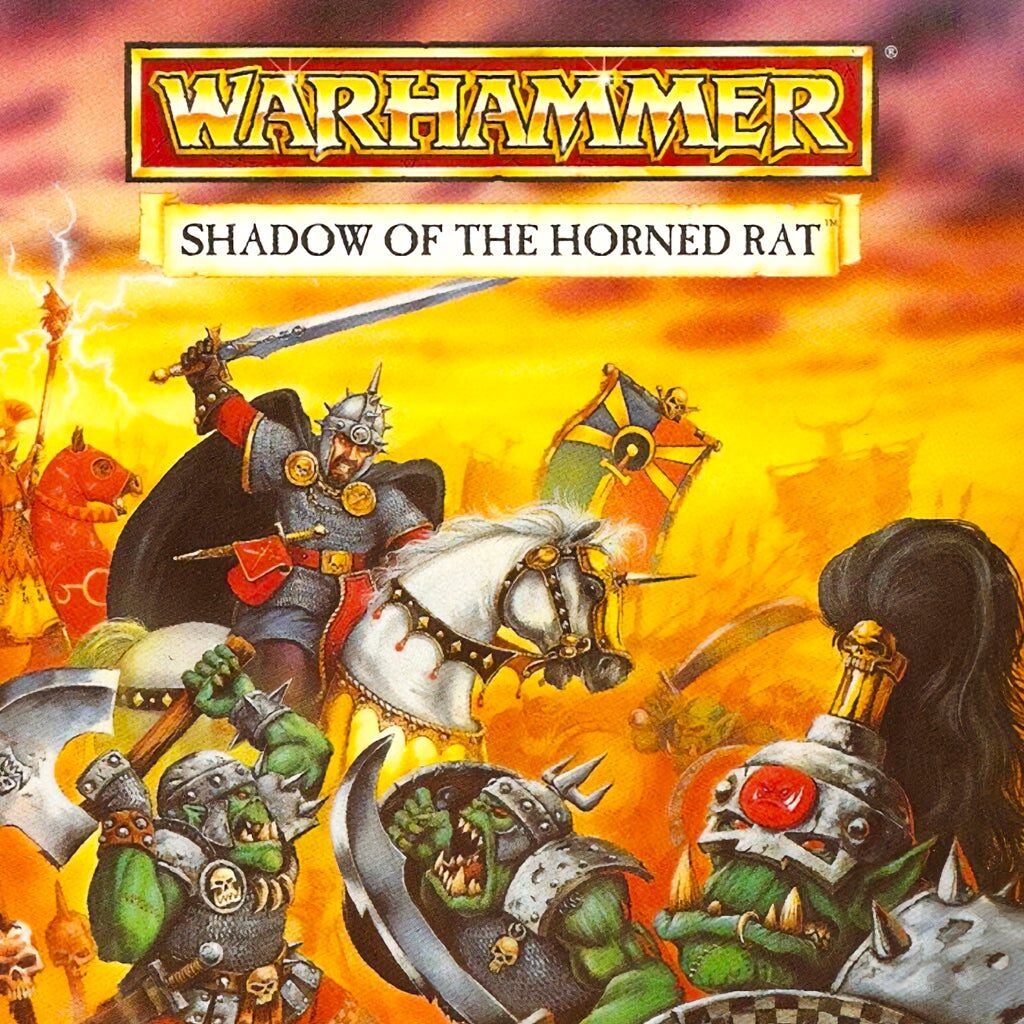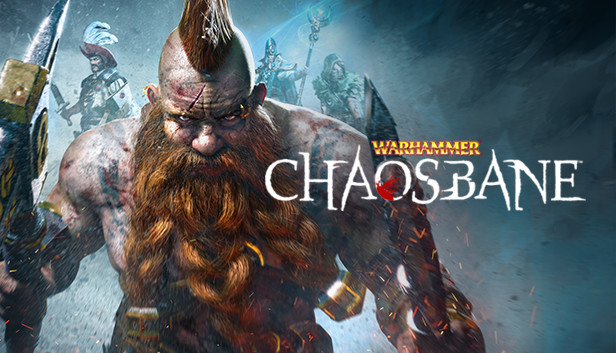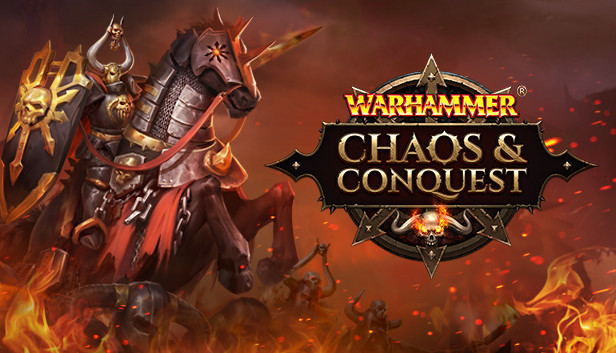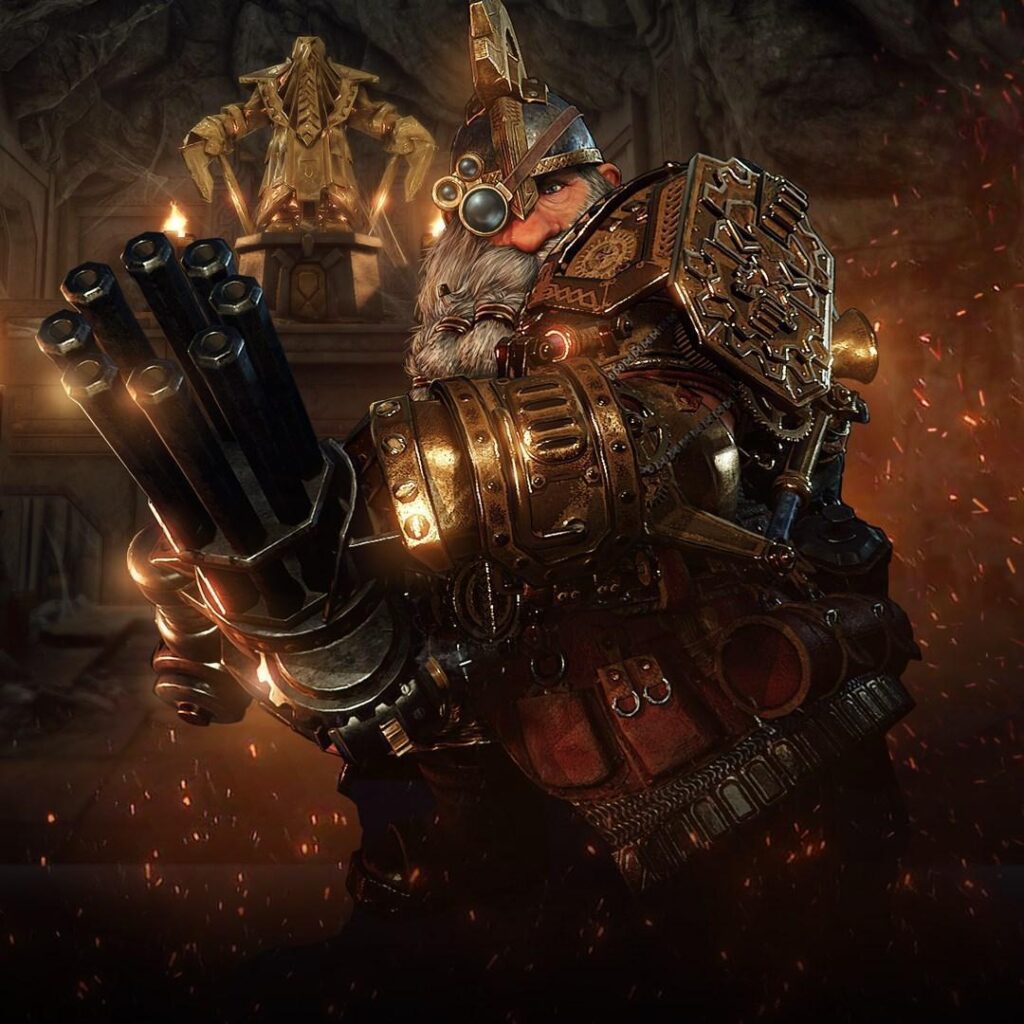There are a lot of reasons to get excited about Warhammer: The Old World. Our beloved setting is rising, Phoenix-like, from the ashes! Factions have shrugged off their IP-heavy monickers and returned to their classical roots. Plastic sets that were put out of production are coming back to store shelves. But there is one reason above all that really gets me excited about the return of The Old World.
Video games! There you have it, Editorial over, you may continue your social media doom scrolling. Ok, ok, that’s not exactly what I mean, but I think (and hope!) it will be a consequence of The Old World’s return. No, the real reason to get excited is that the setting and the IP once again have value to Games Workshop. This is important because it is the way we get more content for the setting we love, like miniatures, lore, rules, AND video games! GW has a slew of awesome new games in the works for their different IPs, but the moneymakers are the ones getting featured.
“But HH,” you say, “plenty of Old World games have come out since The End Times, some of the best in the canon!” True, to a point. Warhammer Fantasy was destroyed in early 2015 (too soon, I know) and AoS was released in July of that year. Here is a quick list of games set in the Warhammer Fantasy universe since then (note I am calling WHFB and AoS different universes even though they are technically the same):
- Warhammer: The End Times – Vermintide (2015)
- Mordheim: City of the Damned (2015)
- Total War: Warhammer (2016)
- Total War: Warhammer II (2017)
- Warhammer: The End Times – Vermintide II (2017)
- Warhammer Quest II: The End Times (2019)
- Warhammer: Chaosbane (2019)
- Warhammer: Chaos and Conquest (2019)
- Total War: Warhammer III (2022)
That looks like a healthy number of releases on the face of it, but take a closer look. 6 of those 9 games are in series that began well before the Old World was destroyed. The two biggest titles, Vermintide and Total Warhammer, were released in October of 2015 and May of 2016, respectively, and had been in development since 2013 and 2012. Warhammer Quest II is a followup to the original, released in January of 2015, and Mordheim’s true release date is November 2015, but it was released on Steam Early Access in 2014.
Just two games on this list were developed and released after the conclusion of The End Times and set in The Old World: Warhammer: Chaosbane and Warhammer: Chaos and Conquest. Has anyone played them? It is entirely possible that GW expected These games to fade into obsolescence in the normal course of things and that they would be the last vestige of the old setting. Total Warhammer was envisioned as a trilogy from the start. Vermintide was popular enough to warrant a sequel, but since then the studio has moved on to the 40K universe with the spiritual sequel Darktide. The AoS games on the market are not finding much of an audience, but they keep coming out, and now GW was something really interesting on their hands with the upcoming Age of Sigmar: Realms of Ruin title.
Without The Old World, Warhammer begins to fade. It becomes something you reminisce about. The more money, time and creative energy GW devotes to Age of Sigmar, the more it replaces that setting we grew up with and love. You can see it in Vermintide 2. The most recent career for the dwarf character, the Outcast Engineer, is supposed to be a dwarf obsessed with modern machinery, but that’s about as close as you can get to a Kharadron Overlord. I am excited for the old world because it means creative talent and focus is going into revitalizing the setting I love and keeping it current, not just something for me to tell my kids about one day.
And remember, Frontline Gaming sells gaming products at a discount, every day in their webcart!





